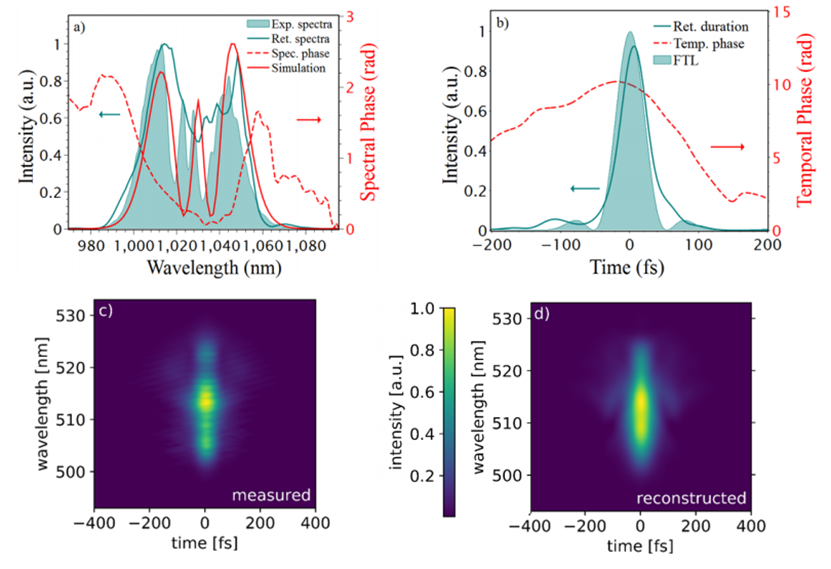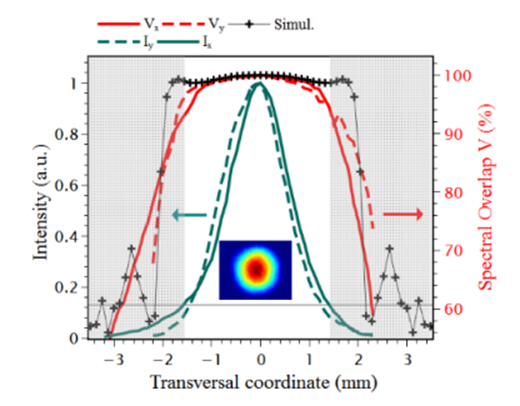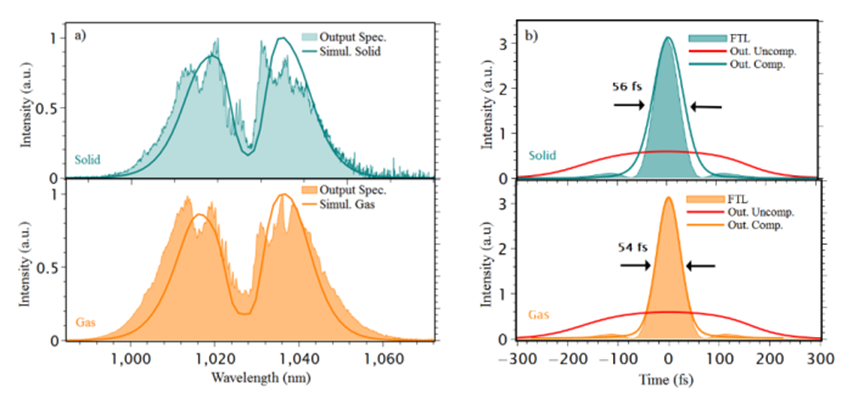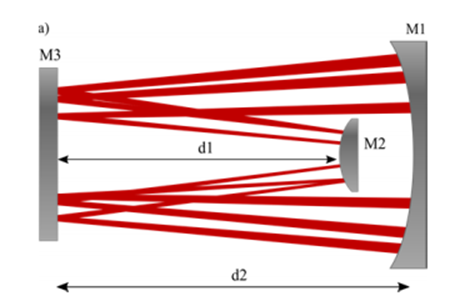Ultra-fast nonlinear optical technology 57: Spectral broadening and pulse compression based on convex-concave multi-pass cavity
![]() 10/16 2024
10/16 2024
![]() 488
488
High-energy, narrow-pulse-width, high-peak-power ultra-fast lasers are widely used in fields such as laser plasma accelerators, attosecond science, THz and X-ray light sources. To generate femtosecond pulses with widths less than 100 fs, or even down to the few-cycle regime, pulse compression techniques are often required, which mainly consist of spectral broadening and dispersion compensation. The post-compression method based on multi-pass cells (MPCs) has the advantages of high energy conversion efficiency, good output beam quality, high energy scalability, and compact structure. Since MPCs were first demonstrated for pulse post-compression in 2016, their pulse energy coverage has increased from 3 µJ to 200 mJ, and the peak power coverage has increased from 4 MW to 100 GW. This paper explores a new convex-concave (vex-cav) MPC, aiming to experimentally verify whether this vex-cav MPC can compete with traditional concave-concave (cav-cav) MPCs in spectral broadening and pulse compression [1]. As shown in Figure 1, unlike traditional cav-cav structures, vex-cav MPCs theoretically possess large mode volumes. Additionally, the vex-cav MPC structure lacks focal points, reducing peak intensity and avoiding gas ionization issues. This cavity can also be folded multiple times, reducing the overall device size for practical applications.

Figure 1 Schematic diagrams of vex-cav MPC and cav-cav MPC [1]This paper compares the performance of vex-cav and cav-cav MPCs in spectral broadening and pulse compression through comparative experiments. The experimental results in Figure 2 show that the vex-cav MPC successfully broadens the spectrum of a 15 µJ, 260 fs input pulse to the 990 nm-1070 nm band and compresses the pulse to 53 fs (FTL=49 fs) with a transmission efficiency of 91% and a compression factor of 5.

Figure 2 Spectral broadening and pulse compression characterization using vex-cav MPC [1]Figure 3 shows the spatial spectral V-parameters after vex-cav MPC, with Vxavg = 99% and Vyavg = 98%, indicating excellent spectral uniformity after vex-cav MPC, comparable to traditional cav-cav MPCs. Importantly, the cavity length of the former is only about 1/3 that of the latter, significantly improving device compactness.

Figure 3 Spatial spectral uniformity characterization using vex-cav MPC [1]Further, at 200 µJ of energy, the research team used solid (1 mm fused silica) and gas (7 bar argon) as nonlinear media to compress the pulse width from 260 fs to 56 fs and 54 fs, respectively, through the cavity. In both cases, the spatial spectral uniformity was greater than 90% (biaxial), and the total transmission efficiency was greater than 93%, as shown in Figure 4. These results demonstrate that the cavity supports significant energy expansion, enabling spectral broadening and pulse compression from the ten-microjoule to the hundred-microjoule level.

Figure 4 Spectral broadening and pulse compression characterization at 200 μJ using vex-cav MPC [1]To explore the energy limit of vex-cav MPC compressed pulses, theoretical simulations by the research team suggest that the MPC can support the compression of a 1.3 ps pulse with 40 mJ of energy to 76 fs, with a compression factor of 17. Meanwhile, by folding the cavity, the corresponding vex-cav MPC achieves a more compact design, as shown in Figure 5.

Figure 5 Folded vex-cav MPC cavity [1]This paper experimentally and numerically demonstrates the effectiveness of vex-cav MPC in spectral broadening of ultra-fast laser pulses. This new configuration not only solves the ionization issues in traditional cav-cav MPCs but also offers larger mode volumes and higher compactness, providing new possibilities for future high-energy, ultra-fast laser system applications.
References:
V. Hariton, K. Fritsch, K. Schwarz, N. Kovalenko, G. Figueira, G. Arisholm, and O. Pronin, "Spectral broadening in convex-concave multipass cells," Opt. Express 31(12), 19554-19568 (2023).








